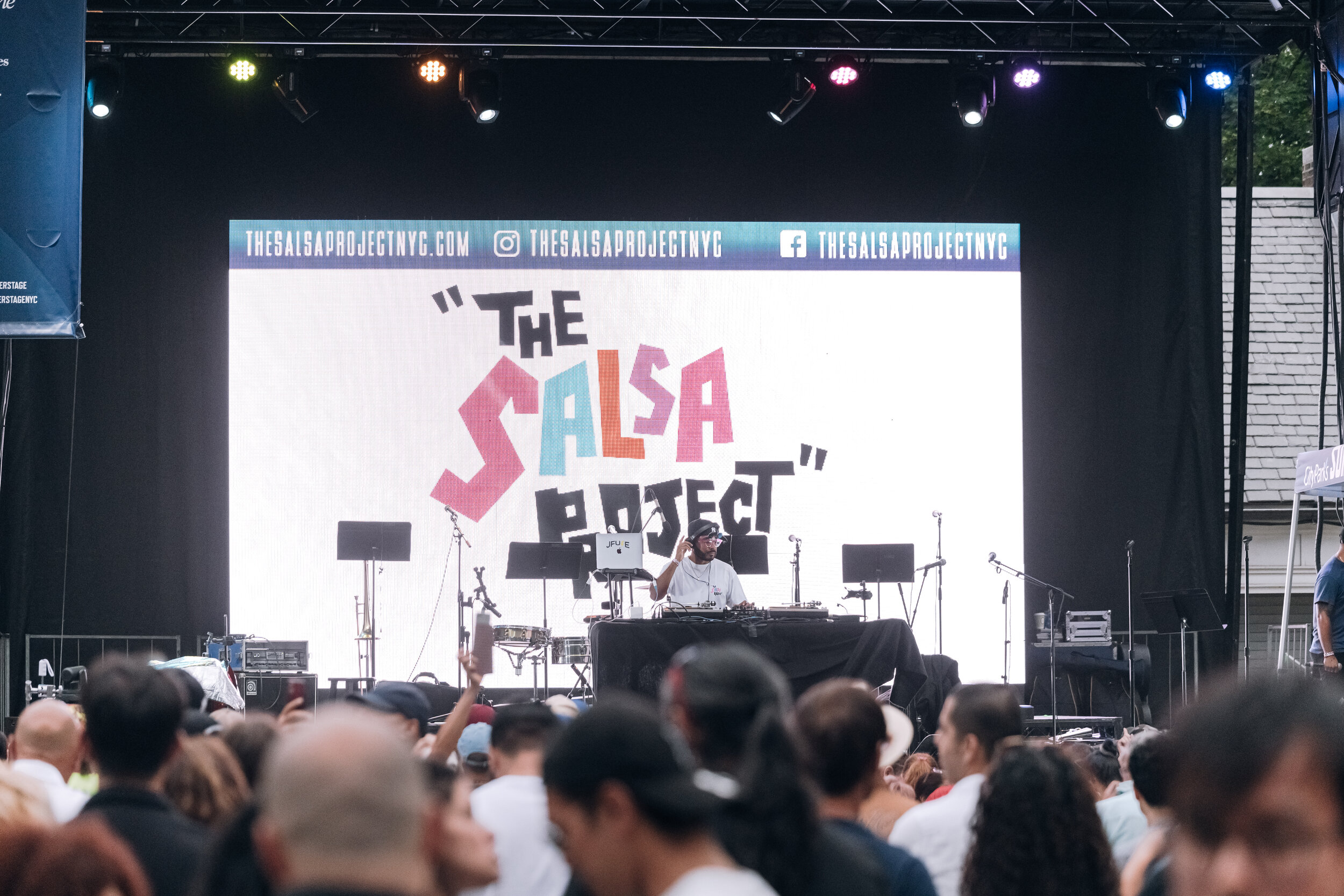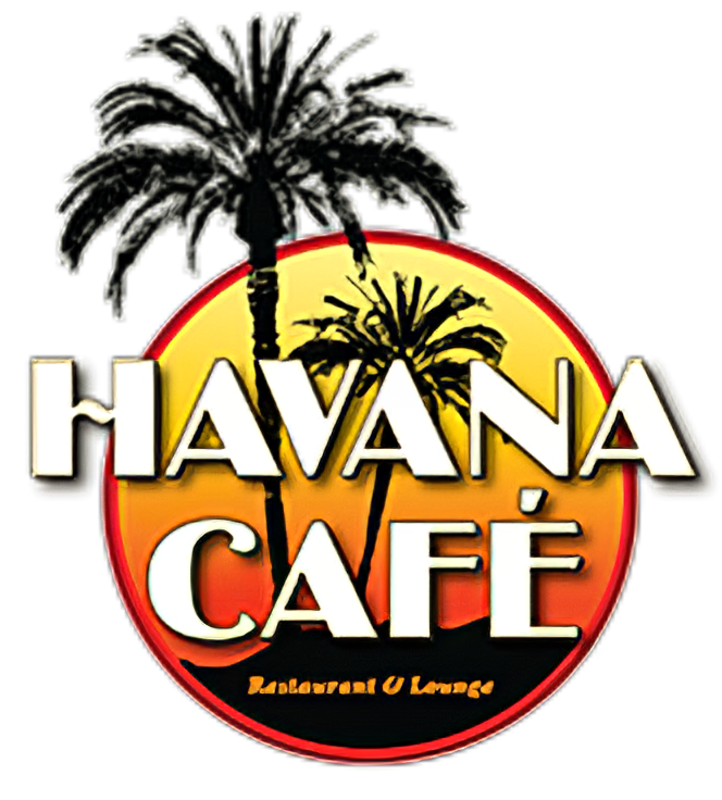
Our Mission
The Salsa Project is a movement rooted in getting more young people involved in Salsa music. The goal of this project is to protect, preserve, and ensure that Salsa does not die amongst the younger generations to come. The Salsa Project takes on a multi-disciplinary approach, which covers a docu-series, community engagement, events, and merchandise. The culmination of these four elements will help create a platform for all to engage, learn, and partake in our mission to keep the culture alive.
Keeping the Culture Alive since 2018

History
Salsa is a genre of music comprised of a sofrito array of sounds, with its core being Son Cubano. Its precursor involved Mambo legends Tito Puente, Machito and Tito Rodriguez and included contributions from bands like El Gran Combo, Sonora Poncena and brothers Charlie and Eddie Palmieri. Born in the late 1960’s in important places such as Hunts Point, Longwood and Mott Haven in the South Bronx and Spanish Harlem (El Barrio) New York, the term Salsa became an umbrella for a genre of music that was a mix of Rumba, Mambo, Son Montuno, Guaracha, Bomba, Plena and Bolero, just to name a few. Third spaces such as clubs, halls and record stores were a crucial aspect in the creation of Salsa. Places like the Tritons Club, the Hunts Pont Palace, La Caravana Club, P.S. 52 and Casa Amadeo, provided safe spaces where the mostly Puerto Rican and Cuban community could come together and not only enjoy the music and dance but patrons could also look for work opportunities as well as get the news of the day from their respective towns. Immigration, politics, race and class are some of the additional factors in the formation of Salsa music. Salsa at its inception was called Salsa conciente and reflected many of the horrendous social issues faced by Puerto Ricans and people of color in New York and in the Caribbean. The formation of the record label Fania Records in the late 1960’s by musician and bandleader Johnny Pacheco and lawyer Jerry Masucci catapulted Salsa to its highest apex, with the 1970’s being its climax. Singers and musicians like Hector Lavoe, Celia Cruz, Roberto Roena, Bobby Valentin and Ismael Miranda were all signed to the label and part of the mega group the Fania All-Stars. The 1980’s saw the rise of Salsa Romantica, a slower tempo version of Salsa. Crooners like Frankie Ruiz, Gilberto Santa Rosa and Tito Rojas sang songs about love and heartbreak. The 1990’s introduced us to stars such as Marc Anthony and La India. Although popularity has faded through the years, countries like Colombia, Venezuela, Peru and Dominican Republic, are continuously creating new Salsa music, while places like Puerto Rico and New York never faltered.
Salsa's roots crom from places such as Africa, Spain, Cuba and Puerto Rico and is defined by several unique factors. These include its rhythm, the clave, and its instruments such as the bongos, congas and timbales, which have roots in Central and Western Africa, and its monas and piano montunos. Another identifying marker of Salsa is the singer or sonero, who has the ability to improvise and vocally move with the music. Examples of great soneros are Ismael Rivera, Pete “El Conde” Rodriguez and Jose Alberto “El Canario”.
SHOP
—
SUPPORT

















